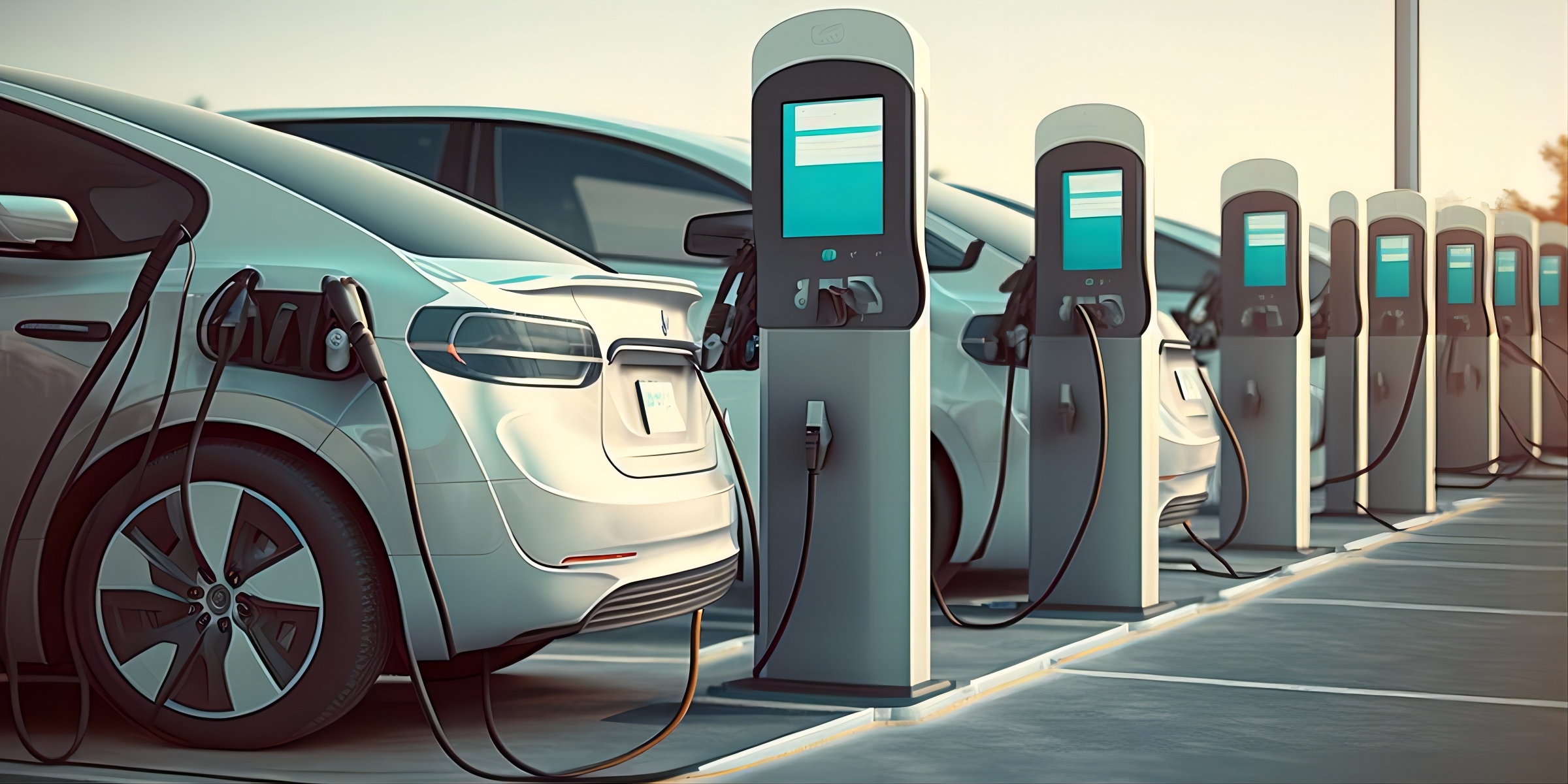With winter approaching, new energy vehicles have ushered in a new round of challenges.
Winter is approaching, and the chill is getting heavier. With the onset of the cold wave, temperatures in many places have plummeted, and new energy vehicles have ushered in a new round of challenges. Range shrinkage, charging slow, and even some electric cars due to low temperatures can not start normally, all kinds of the dilemma have become a lot of electric car owners' "heart disease".
Low-temperature performance by the groan
Since November, the frequent onslaught of cold waves, and a sudden drop in temperature so that many new energy vehicle owners to have a problem. A Sichuan electric car owner to the "China Energy News" reporter spit: "I usually run long-distance, winter to Ya'an, must open the warm air. Even in Chengdu city, do not open the air conditioning is also cold. But once the air conditioner is on, it consumes 4 kilowatts of electricity an hour. Hot air is more energy intensive than cold air in summer, and it's normal for the range to drop by half."
Another Beijing car owner also confirmed this statement: "Winter is usually okay, but once it reaches minus ten degrees Celsius or snow, only the battery preheating, snow melting function will have to consume fifty to sixty percent of the electricity."
Recently, there are also netizens broke the news, that a place in the northeast of the electric taxi has appeared "nest" phenomenon. "After the snowstorm in Northeast China, the local electric taxi waited in a long queue at the roadside to change the battery. If the oil car, directly to the petrol station, 5 minutes to fill up."
A Shanxi electric car owner recalled his experience in previous years, saying that the winter cold also reduced the charging speed by a lot. "On the third day of the Lunar New Year last year, it was minus 17 degrees Celsius in Taiyuan, and a car that would have been fully charged in one hour and 45 minutes in the summer took more than four hours to charge that day."
Although the performance in low-temperature environments has been a lot of spit, the market share of new energy vehicles is still rising successively. Under the general trend of rapid development of new energy vehicles, a series of problems of electric vehicles in low temperatures need to be solved.
Battery performance is the key
Battery performance at low temperatures drops dramatically, which is the reason why the electric car range shrinks in winter. "General lithium batteries are not very good low-temperature performance, whether it is Lifepo4 battery or lithium ternary batteries, there is this problem, there will be a discharge of electricity at low temperatures, which is due to its characteristics." Wu Hui, vice president of the Ivey Economic Research Institute, told the China Energy News reporter, "To solve the problem of low-temperature performance of lithium batteries, fundamentally, we must also start from the materials, the development of low-temperature-resistant materials. For example, sodium-ion batteries have excellent low-temperature performance and can be discharged at tens of degrees below zero."
It is worth mentioning that some companies have made some breakthroughs in improving the low-temperature performance of lithium-ion batteries. For example, in July this year, CATL Chief Scientist Wu Kai said at the 2023 China Automotive Forum that CATL has now developed a new electrolyte material. The new electrolyte can increase battery charging efficiency by 50 percent in extreme cold conditions at -20°C and 43 percent at normal temperatures.
"There are also battery companies and car companies that have responded to the effects of low temperatures on electric vehicles by improving their battery systems or heating them. Through these methods, it has been possible to achieve an increase in discharge from only 50 percent to 80 percent at previous low temperatures, allowing range degradation to be gradually slowed down." Wu Hui said.
Usage habits matter
For northern regions with unusually cold winters, range shrinkage has been an important reason why car owners are afraid or unwilling to buy an electric car.
"Cold weather in the north is not suitable for electric cars, it is a natural climate problem" "Some areas in the Northeast can be as cold as about -30 degrees Celsius in winter. Northeast pressure is not suitable for electric vehicles, brace yourself for the development of a hybrid"......
From the attitude of many netizens can be seen, that electric cars in the cold areas of the north are not popular.
Some industry insiders suggest that consumers in the three northeastern provinces and other cold winter areas in the purchase of new energy vehicles can give priority to buying hybrid models. Compared with pure electric models, hybrid models are more secure in dealing with cold weather. An interviewed car owner revealed: "Now it seems that it is still more appropriate to buy new energy vehicles and choose hybrid models. As long as there are private charging piles, there is no need to consider the charging problem, running casually in the urban area, charging once at night for only a few dollars, you can go out and run all day."
However, Wu Hui mentioned that consumers choose hybrid, just so that when the electric car is out of power can also be used as a fuel car to drive, and does not fundamentally solve the range problem of electric vehicles. "To get a healthy and orderly development of new energy vehicles, solving the battery problem at low temperatures is still the key."
